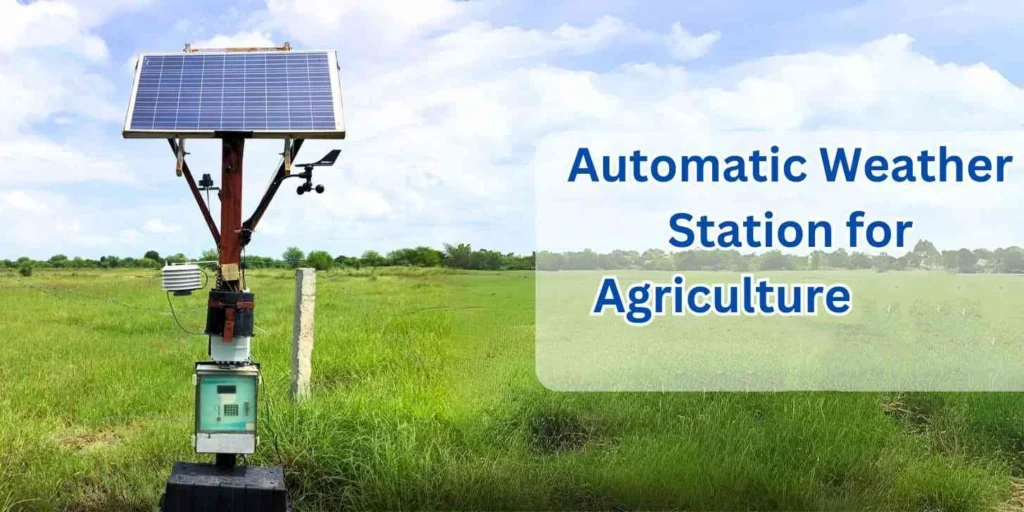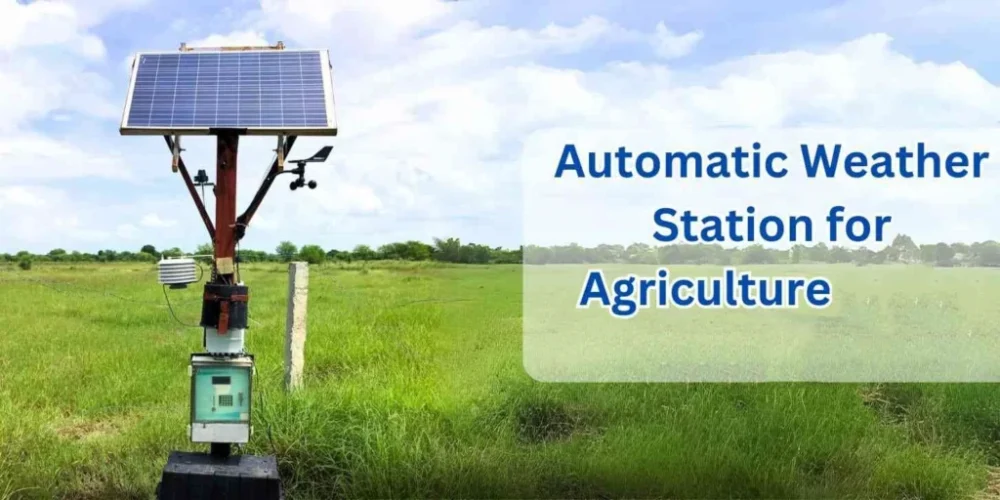
# Automated Weather Station: Revolutionizing Meteorological Data Collection
## Introduction
In the ever-evolving world of meteorology, the advent of automated weather stations (AWS) has marked a significant leap forward. These sophisticated systems are transforming the way we collect, analyze, and utilize weather data, offering unprecedented accuracy and efficiency.
## What is an Automated Weather Station?
An automated weather station is a system that autonomously collects meteorological data without the need for human intervention. Equipped with a variety of sensors, these stations measure parameters such as temperature, humidity, wind speed and direction, precipitation, and atmospheric pressure. The data collected is then transmitted to a central database for analysis and dissemination.
## Key Components of an Automated Weather Station
### Sensors
The heart of any AWS is its array of sensors. These devices are designed to measure specific weather parameters with high precision. Common sensors include:
– Thermometers for temperature
– Hygrometers for humidity
– Anemometers for wind speed
– Wind vanes for wind direction
– Rain gauges for precipitation
– Barometers for atmospheric pressure
### Data Logger
The data logger is the brain of the AWS. It collects data from the sensors at regular intervals and stores it for later transmission. Modern data loggers are capable of handling large volumes of data and can be programmed to sample at various frequencies.
### Communication System
To ensure that the collected data reaches meteorologists and researchers in a timely manner, AWS are equipped with communication systems. These can include:
– Cellular networks
– Satellite links
– Radio frequencies
– Internet connections
### Power Supply
Given that AWS are often deployed in remote locations, they are typically powered by renewable energy sources such as solar panels or wind turbines. This ensures continuous operation without the need for frequent maintenance.
## Advantages of Automated Weather Stations
### Accuracy and Reliability
One of the most significant advantages of AWS is their ability to provide highly accurate and reliable data. Automated systems eliminate human error and can operate continuously, providing a consistent stream of information.
### Cost-Effectiveness
While the initial investment in an AWS can be substantial, the long-term savings are considerable. Automated stations require less manpower and maintenance compared to traditional weather stations, reducing operational costs over time.
### Real-Time Data Access
With the integration of advanced communication technologies, AWS can transmit data in real-time. This allows meteorologists to monitor weather conditions as they develop, enabling more accurate forecasts and timely warnings.
### Scalability
Automated weather stations can be easily scaled to cover larger areas. Networks of AWS can be deployed to monitor weather patterns across vast regions, providing comprehensive data for climate studies and disaster management.
## Applications of Automated Weather Stations
### Agriculture
Farmers rely on accurate weather data to make informed decisions about planting, irrigation, and harvesting. AWS provide the precise information needed to optimize agricultural practices and improve crop yields.
### Aviation
In the aviation industry, weather conditions play a crucial role in flight safety. Automated weather stations at airports provide real-time data that helps pilots and air traffic controllers make informed decisions, ensuring safe takeoffs and landings.
### Disaster Management
Early warning systems for natural disasters such as hurricanes, floods, and wildfires depend on accurate and timely weather data. AWS play a critical role in monitoring conditions and providing the information needed to issue warnings and coordinate emergency responses.
### Climate Research
Climate scientists use data from AWS to study long-term weather patterns and climate change. The continuous and accurate data provided by these stations is invaluable for understanding the impacts of global warming and developing mitigation strategies.
## Challenges and Future Directions
### Maintenance and Calibration
Despite their many advantages, AWS require regular maintenance and calibration to ensure accurate data collection. This can be challenging, especially in remote or harsh environments.
### Data Integration
Integrating data from multiple AWS into a cohesive system can be complex. Advances in data management and analytics are needed to fully leverage the potential of these networks.
### Technological Advancements
The future of AWS lies in the development
Keyword: automated weather station
